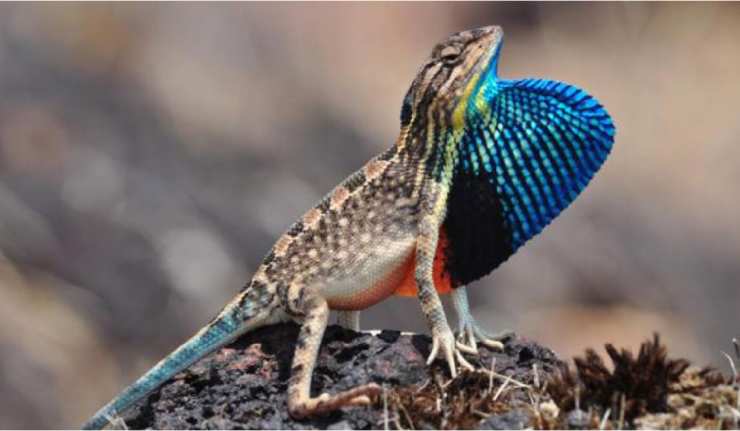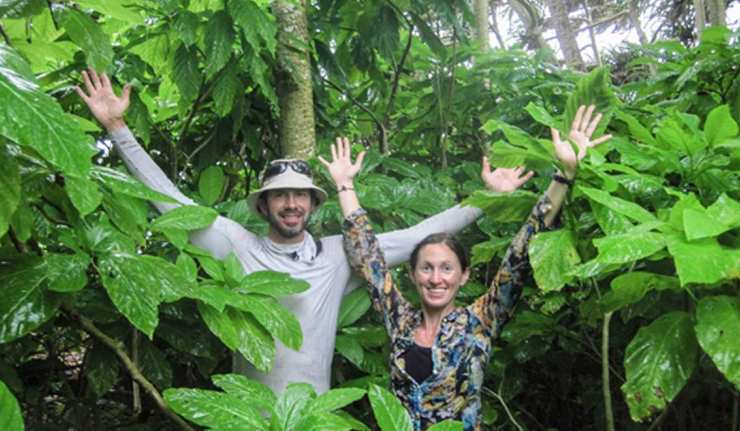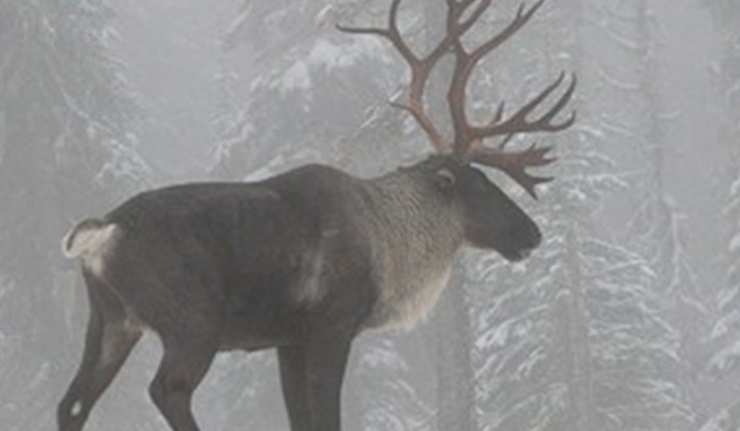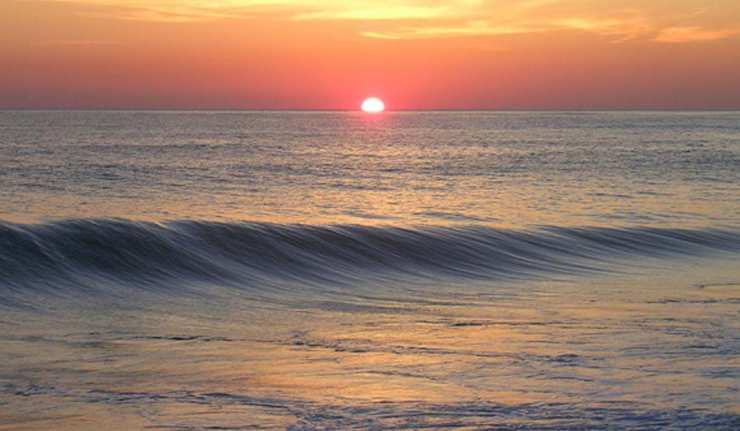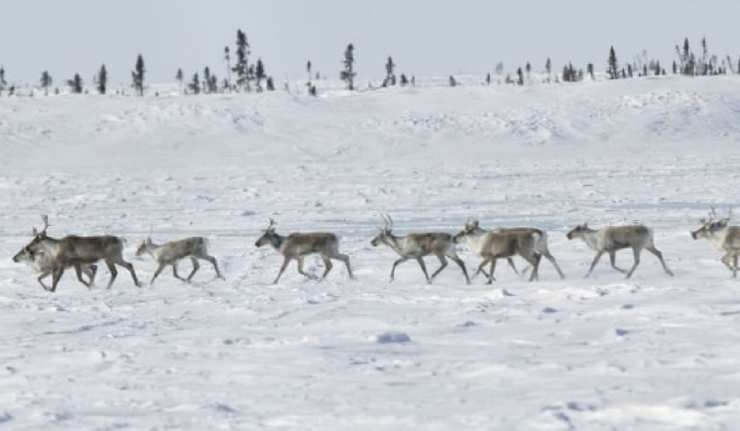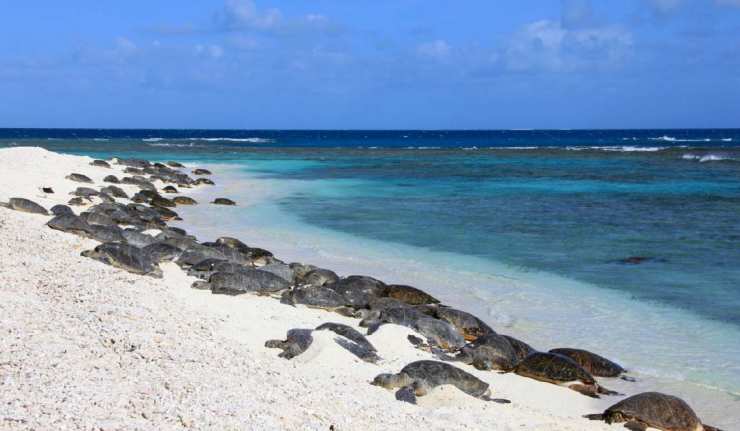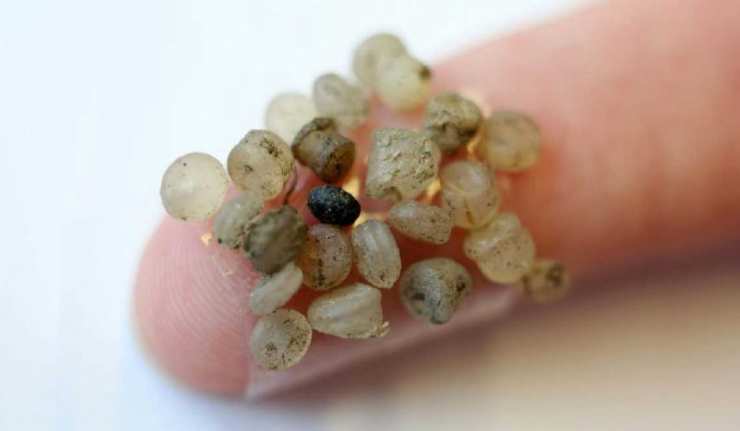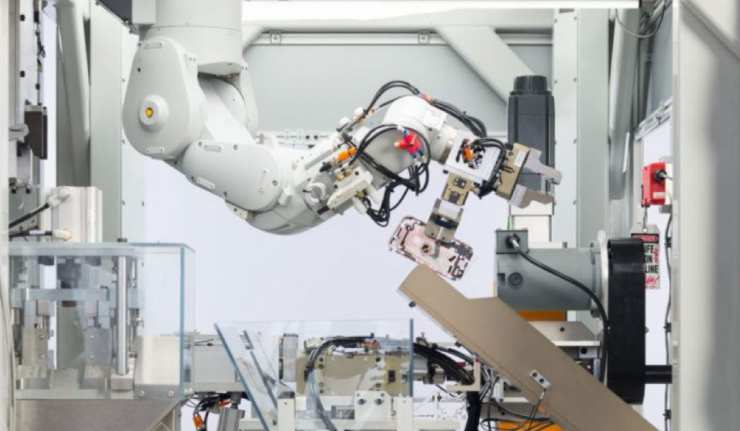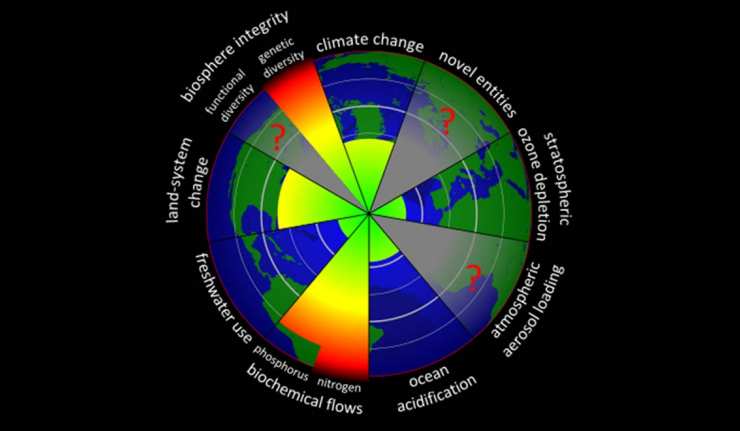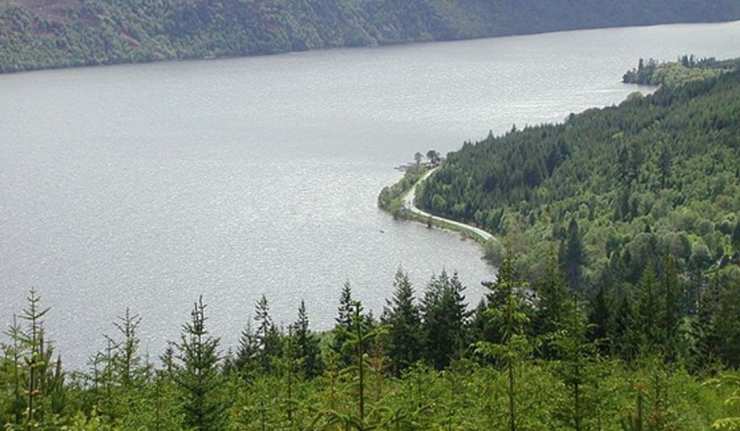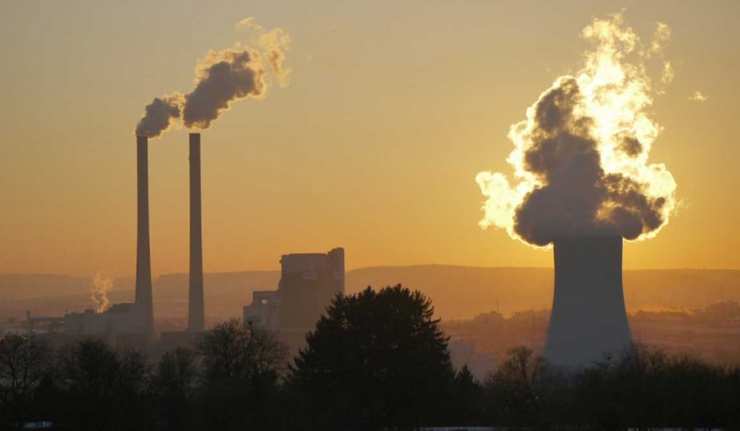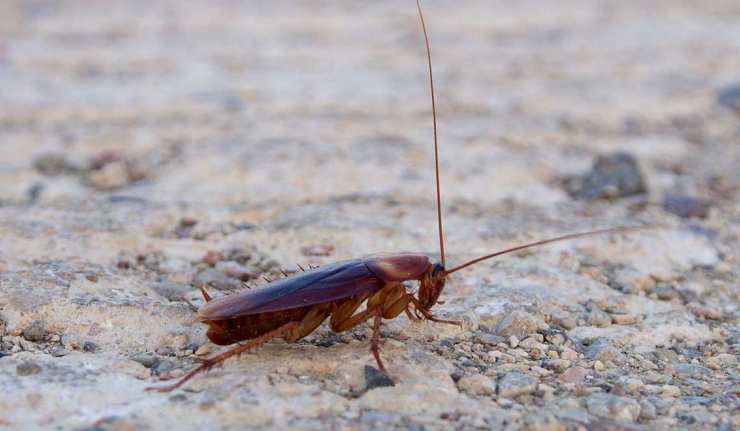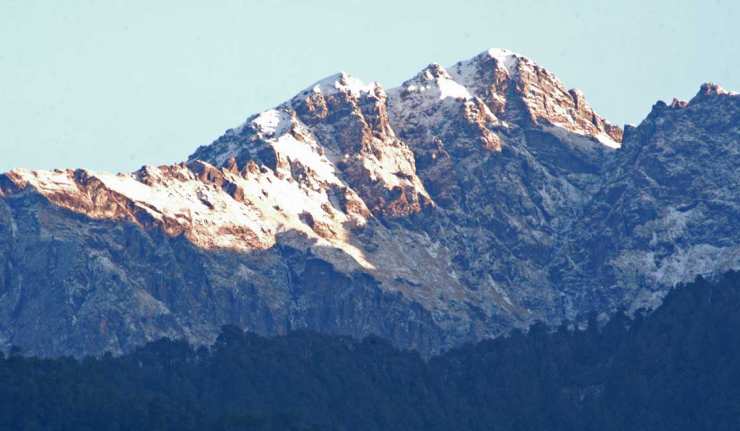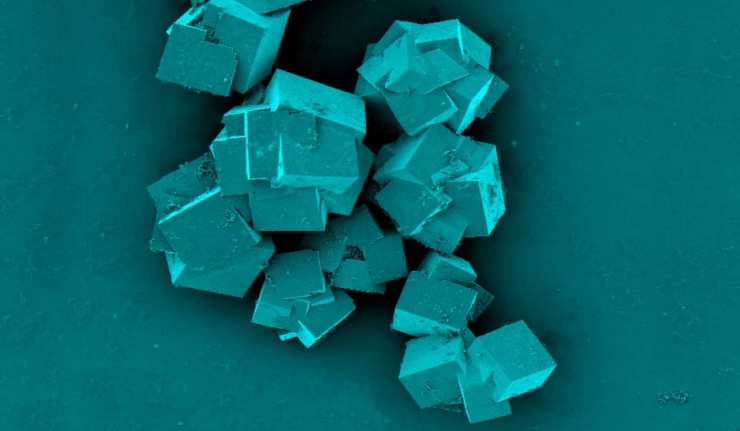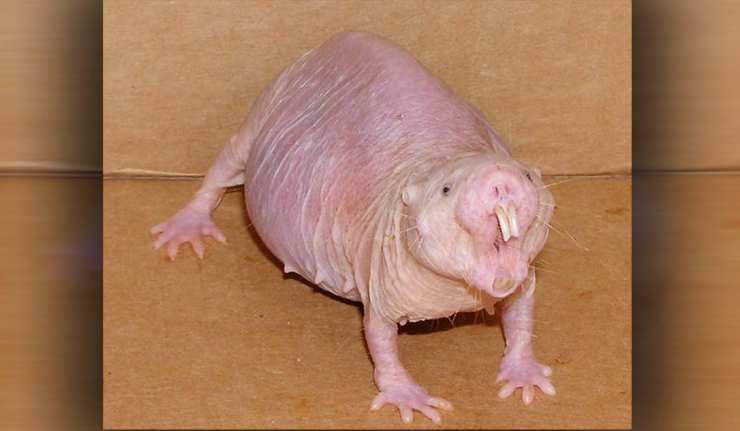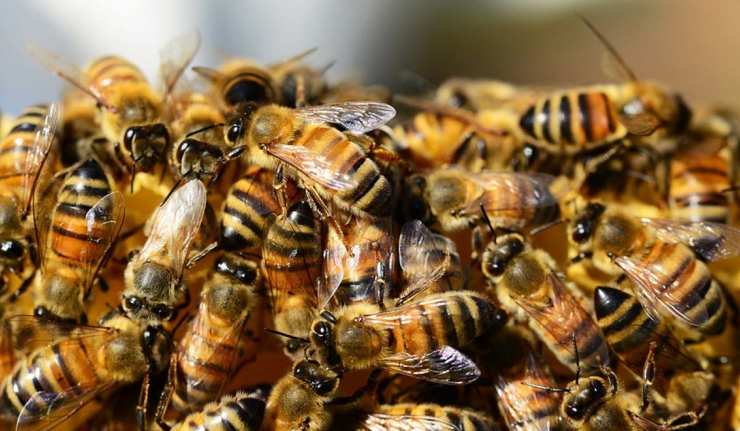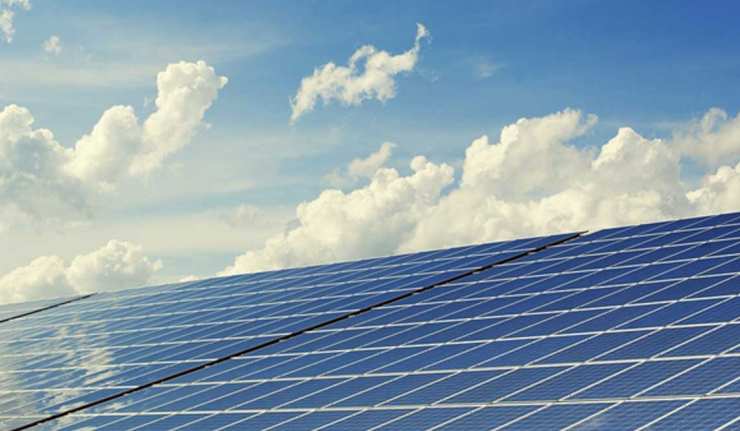environment
Incredible India: 596 New Floral and Faunal Species Registered in the Country Last Year
Scientists and taxonomists documented 596 new species of flora and fauna that hailed from India in 2018.
The discoveries were made public on Thursday (Jun 12, 2019) by the Botanical Survey of India (BSI) and the Zoological Survey of India (ZSI) in the publications Plant Discoveries 2018 and Animal Discoveries 2018.
Dzükou Valley in Nagaland, India, Has Been Declared A “Plastic-Free Zone”
The scenic Dzükou Valley in Nagaland, India, became a “plastic-free zone” on Wednesday, June 5th, 2019, coinciding with World Environment Day.
Nagaland, a land cloaked in greenery, is a peaceful place for residents and travelers who frequent the state. As growth creeps into the state, there has been a noticeable increase in migration into towns, and as a consequence, an increase in pollution too.
Eradication Study Found Additional Benefits in Removing Non-Native Species from Palmyra Atoll
In June 2018, reports from an atoll named Palmyra suggested that a targeted intervention resulted in the significant reduction of disease-related mosquitos in that location. This was achieved by removing a second species, Rattus rattus (black rat), which had been introduced in Palmyra by humans, who provided the main food source for the mosquitos (Aedes albopictus).
Another Species – The Mountain Caribou – Is Almost Extinct
Three caribou from soon-to-be-extinct herds in the southern Selkirk and Purcell mountains have been relocated to Revelstoke. The Ministry of Forests, Lands and Natural Resources conceived the plan, in August 2018, as a way of giving the animals a better chance of survival in a region with the larger Columbia North caribou herd.
New Research Shows That The World’s Oceans Are Heating Up Even Faster Than Predicted
The temperature of the Earth’s oceans is increasing. Those are the findings of four separate studies based on heat recordings taken from these bodies of water.
World Biodiversity Loss By 60% As Per WWF: Our Planet At Critical Crossroads
The worldwide population of mammals, birds, fish and aquatic creatures, amphibians, and reptiles have plunged by almost 60 percent, since 1970, as human activities are continuing to overwhelm the environment, said the WWF conservation group, last week.
Hawaiian Atoll Completely Submerged By Hurricane
A piece of Hawaii is now entirely underwater.
This happened as a result of Hurricane Walaka, a Category 4 super-storm that hit the chain of small islands and atolls, recently. The former Hawaiian features in question were East Island and Tern Island, located in a region of the US state known as French Frigate Shoals. Tern Island was reported as physically “altered” by the storm, whereas East Island was not that lucky and this area has been completely submerged as a result of hurricane activity.
Evidence Of Microplastics In Samples Of Human Stool: An Alarming Situation
Microplastics have already been found in birds, fish, and whales, so it should come as no surprise that they have now been discovered in humans! Scientists have found small particles, better known as microplastics, everywhere from the oceans, the air, bottled water, beer, to even table salt.
Meet Apple’s New Toy: The Robot “Daisy” That Can Disassemble 200 iPhones Per Hour
Apple has, of late, made their commitment to recycling very clear, on a public stage. The Cupertino-based electronics giant has made it evident that they want to improve their impact on the environment. Apparently, this involves making new devices out of 100% recycled, old ones in the future. Although, it is not clear when customers will be able to buy these super-sustainable products. In the meantime, Apple has been showing off the technology that may get them on their way.
Sustainable Science: Exploring The Safe Operating Space For Humanity In The Anthropocene
The concept of carrying capacity is employed in a remarkably wide range of disciplines and debates, and it has been forcefully critiqued within numerous fields. Though, its historical origins still remain obscure.
The natural and engineering sciences offer tremendous prospect for contribution to a more sustainable future, and it becomes a responsibility because these areas produce, not only solutions but also, problems. It is much needed that science and technology are accompanied by societal priorities because this gives sustainability science its context and rationale.
New Proposed Project Could Turn Loch Ness Into Monster Power Source
Scotland is a good example of a country that is making a commitment to a future with greener, more sustainable energy. The nation has increased its volume of off-shore wind farms by 37%, recently. However, this investment only means so much in the context of the weather. In calm weather, Scotland may need back-ups in the form of batteries in order to keep constant the current flowing through its grid.
Can Cobalt Change The Environmental Impact Of Manufacturing?
Relatively simple chemical processes take place in our cells, every second. They occur to help build new proteins, break down foods for energy (or store the same energy for later) and to signal between and within cells. These events involve reactions such as hydrogenation, which is the addition of H atoms to molecules.
Industrial chemistry also finds these reactions useful. While cells use abundant elements such as carbon to complete these processes easily and efficiently, chemists haven't been so lucky!
This Membrane Can Filter Out Carbon Dioxide From Industrial Emissions
The rising levels of CO2 in the atmosphere is an ecological issue that contributes to global temperature changes and impaired air quality. It has been evident that humans are producing more CO2, in the form of fuel and electricity, greater than the natural world is equipped to cope with.
Genome Study Reveals Why The American Cockroach Is Virtually Indestructible
Periplaneta americana, commonly known as the American cockroach, is the most dreaded house pest of them all.
Why? It is almost impossible to kill.
This unique survival mechanism has inspired scientists to create robots mimicking these roaches. But, what makes them so adaptable to the environment that they cannot be destroyed easily? Their genes!
Climate Change Increases Avalanche Risk In Himalayas
The phenomenon of 'climate warming' has been touted as the ultimate environmental risk of the future. This occurrence is being linked to potentially cataclysmic processes such as widespread flooding, hurricanes, and the concomitant, permanent loss of land-mass. It may also lead to large-scale damage to locations that are normally ice- and snow-locked.
New Desalination Technique To Serve Dual Purpose: Providing Clean Drinking Water and Harvesting Lithium for Battery Use
Some of the biggest cities in the world, such as Cape Town, Bangalore and Beijing, are predicted to run out of drinking water — and soon.
With sustainability being key, can conservationists and scientists devise means to preserve and generate clean, potable water?
Warm-Blooded Animals May Adapt Better to Climate Change, Research Suggests
Many scientists of numerous disciplines generally agree that the Earth is likely to get warmer in the future.
The change in climates that may accompany this temperature shift could affect how hospitable many environments will be to the animals that currently live in them. Hostile conditions can induce adaptations in species that need to continue living in them, but can prompt others to migrate away, or simply die out.
Ageless Animals: New Report Confirms Naked Mole-Rats are World’s First Known “Non-Aging” Mammals
The naked mole rat has been a research subject of interest for decades, due to their novel social structure and unusual physiology.
These rodents have been observed to be much less susceptible to cancer and other genetic abnormalities compared to other species in their class. Moreover, it appears that the naked mole-rat has a much greater lifespan than other animals of a comparable weight and size.
Sweet Salvation: Can a New Discovery Help Conserve the Bees?
Scientific studies are designed to test hypotheses, such as that a new treatment will be more effective than a corresponding control. However, researchers should conduct their analyses with an eye to the possibility that there is something behind apparently positive results besides the variables they are to focus on.
New Developments in Solar Cell Components May Offer Improved Photovoltaics
Perovskites have attracted a lot of interest as the raw materials for the photovoltaic devices that make up the cells of sun-powered batteries.
These minerals, particularly those of the organic-inorganic hybrid variety, have a range of properties that make them ideal for the absorption and retention of solar energy. However, there is one major drawback: these hybrid perovskites are lead-based, and, therefore, toxic. They are also water-soluble, which may affect the risk of environmental contamination with this metal.

